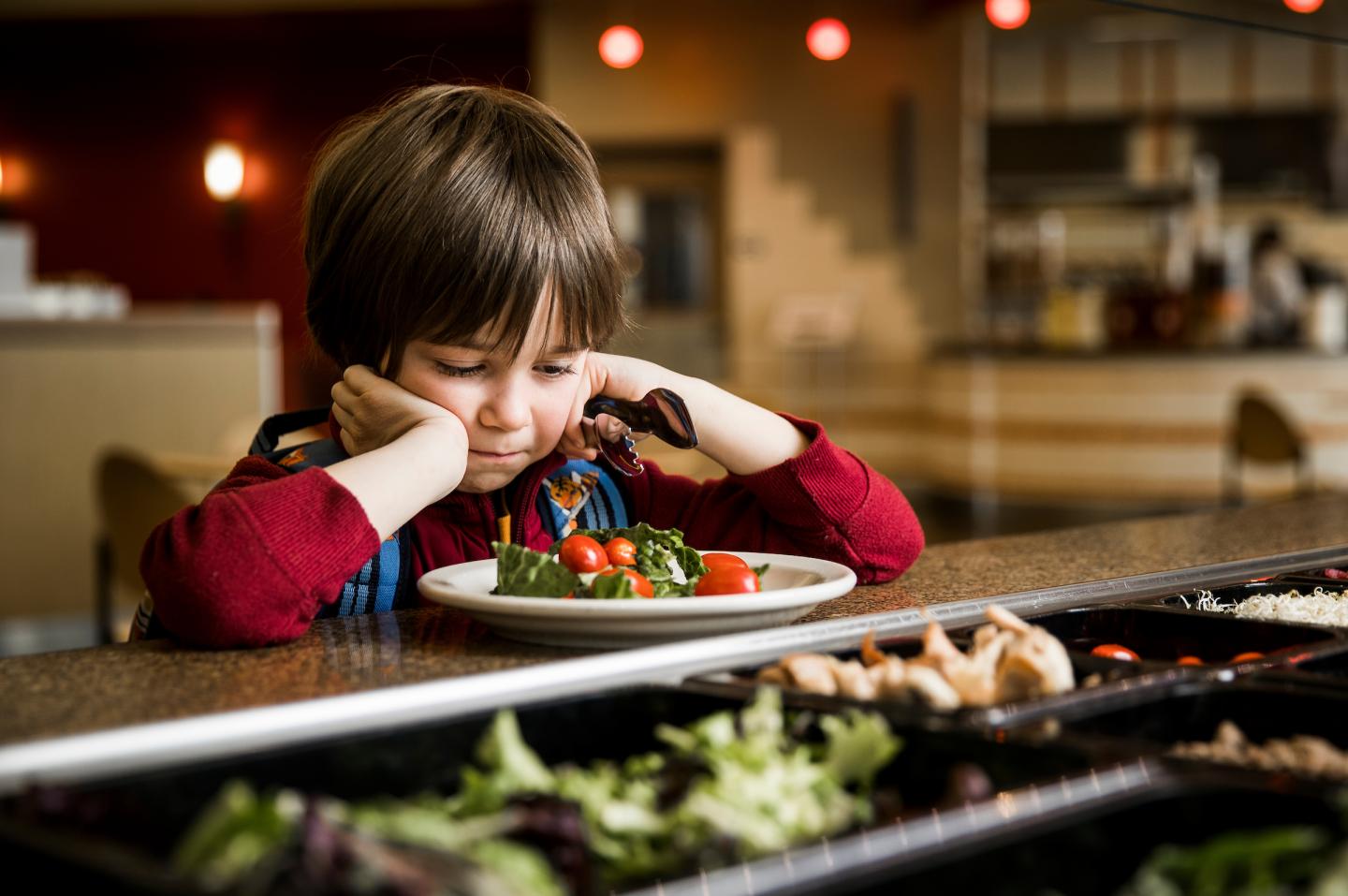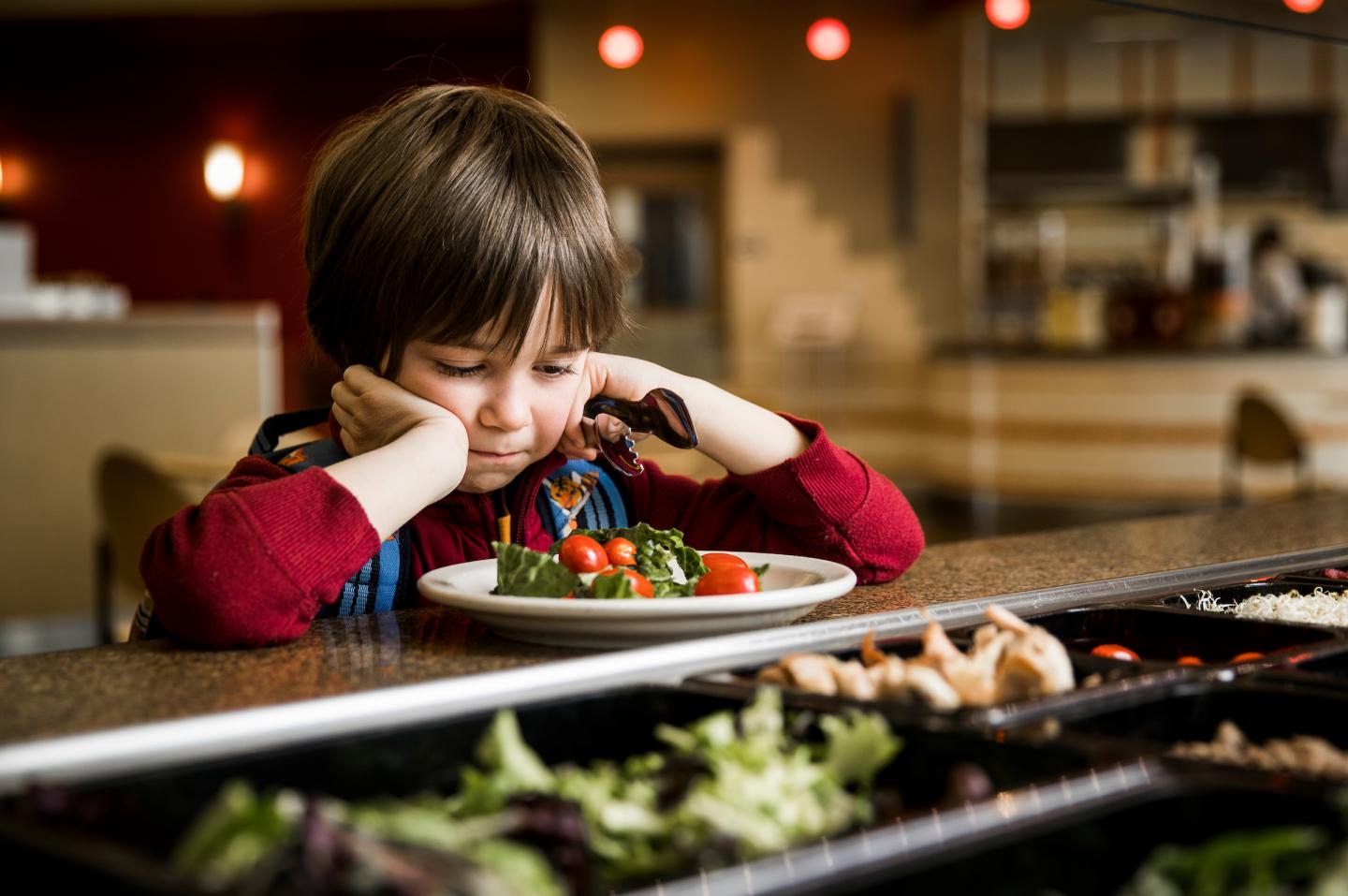
Credit: Nate Edwards/BYU Photo
Thanks to a national initiative, salad bars are showing up in public schools across the country. Now a Brigham Young University researcher is trying to nail down how to get kids to eat from them.
BYU health sciences professor Lori Spruance studies the impact of salad bars in public schools and has found one helpful tip: teens are more likely to use salad bars if they're exposed to good, old-fashioned marketing. Students at schools with higher salad bar marketing are nearly three times as likely to use them.
"Children and adolescents in the United States do not consume the nationally recommended levels of fruits and vegetables," Spruance said. "Evidence suggests that salad bars in schools can make a big difference. Our goal is to get kids to use them."
Some 4,800 salad bars have popped up in public schools around the country according to the Let's Move Salad Bars to Schools initiative. About 50 percent of high school students have access to salad bars at schools, 39 percent of middle school kids and 31 percent of elementary school children.
Spruance's study, published in Health Education and Behavior, followed the salad bar usage of students in 12 public schools in New Orleans. Spruance and coauthors from Tulane University administered surveys to the students and tracked the school environment through personal visits.
Not only did they find better marketing improved salad bar usage among secondary school students, but they also found female students use salad bars more often than male students, and children who prefer healthy foods use them more frequently.
"The value of a salad bar program depends on whether students actually use the salad bar," Spruance said. "But few studies have examined how to make that happen more effectively."
Some examples of successful salad bar marketing efforts included signage throughout the school promoting the salad bar, information in school publications and newsletters, and plugs for the salad bar on a school's digital presence.
Spruance suggests that schools engage parents in their efforts to improve the school food environment–such as reaching out to parents through newsletters or parent teacher conferences. Of course, she says, offering healthy options at home makes the biggest difference.
"It takes a lot of effort and time, but most children and adolescents require repeated exposures to food before they will eat them on their own," Spruance said. "If a child is being exposed to foods at home that are served at school, the child may be more likely to eat those fruits or vegetables at school."
Spruance's research builds off of previous studies that show students are more likely to use salad bars if they are included in the normal serving line.
There have now been 2,401,500 kids served from salad bars in public schools nationwide. However, only two Utah public schools currently have salad bars funded by the Let's Move initiative.
###
Media Contact
Todd Hollingshead
[email protected]
801-422-8373
@byu
http://www.byu.edu





